The UK and New Zealand (NZ) have announced agreement in principle on a free trade deal. This means that the broad heads of agreement are in place, but the finer details remain to be negotiated.
This position was reached by the UK with Australia in June and discussions continue to finalise that deal.
The agreement in principle reveals the level of access the UK will grant for NZ beef, sheepmeat and dairy products to the UK market.
Beef
For beef, after 15 years, trade will be fully liberalised with no tariff and no quota on UK imports from NZ. There will be a progressive build-up to this, starting with a 12,000t tariff-free quota in year one, building up to 38,820t in year 10.
Between year 10 and year 15, there will be a product-specific safeguard put in place starting at 43,056t, building up to 60,000t in year 15. Any beef imported above these levels between year 10 and year 15 will be subject to a tariff of 20%.
After year 15, there will be no limit on the amount of NZ beef that can be imported into the UK tariff-free; the same arrangement that currently is in place for Ireland and other EU countries under the Trade and Co-operation Agreement (TCA).
Sheepmeat
As with beef, trade will be fully liberalised for sheepmeat, with no tariffs or quotas after 15 years. However, the build-up to this is slightly different.
From years one to four, there will be a tariff-free quota of 35,000t and between years five and 15, there will be a tariff-free quota of 50,000t per year.
This agreement takes effect once the utilisation of the existing WTO country-specific sheepmeat quota into the UK has reached 90%. NZ sheepmeat already had tariff-free access for a 228,000t quota to the UK and EU.
Butter and cheese
UK butter imports from NZ will be fully liberalised after six years. Again, there will be a build-up, starting with a 7,000t quota in year one, building up with equal annual increases to reach 15,000t in year five, with tariff- and quota-free access from year six.
For cheese, it is a similar process, with year one tariff-free quota set at 24,000t, increasing to 48,000t in year five through equal annual increases.
After year six, UK imports of NZ cheese will have full liberalisation with no tariffs or quotas.
This is a superb outcome for NZ farmers and exporters, with a particularly good opportunity for NZ beef to become established in the UK market.
Up to now, New Zealand had a beef quota for 1,300t for the EU and UK combined, so an immediate quota of 12,000t creates a huge opportunity for NZ beef in the high-value UK market.
It is less of a direct benefit to NZ sheepmeat because it already had tariff-free access through a 228,000t quota for the EU and UK combined.
This has come nowhere close to being filled in recent years, as NZ increased sheepmeat exports to China instead of the EU.
For butter and cheese, these products are currently traded at world market prices and the UK will essentially be another global market option for the NZ dairy industry.
For Irish farmers, the biggest direct exposure is in the beef sector, where Ireland’s position as the main supplier of imported beef to the UK will now be challenged by both New Zealand and Australia, who will be able to trade on the same terms after the transition period.
It will also effectively bring the entire EU to world market prices because NZ and Australian product can enter the UK tariff- and quota-free, while the UK will be able to export beef, sheepmeat and dairy tariff- and quota-free to the EU.



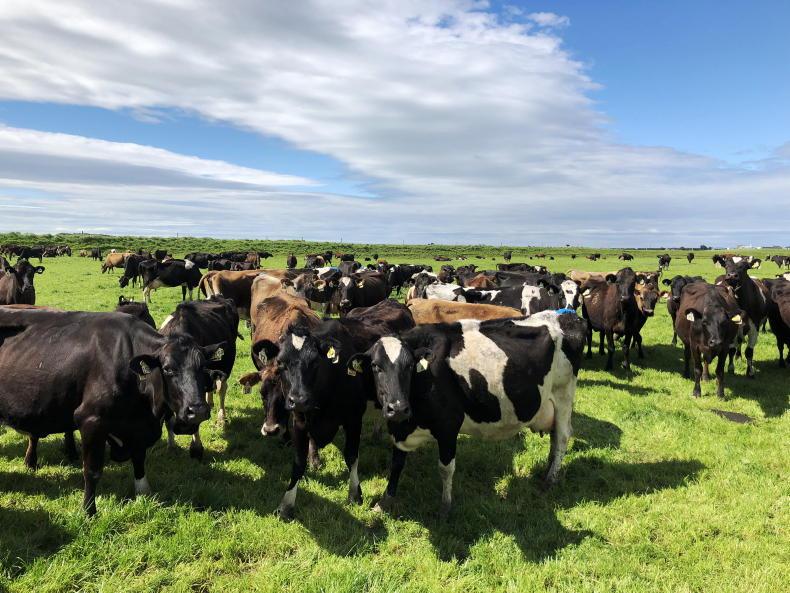

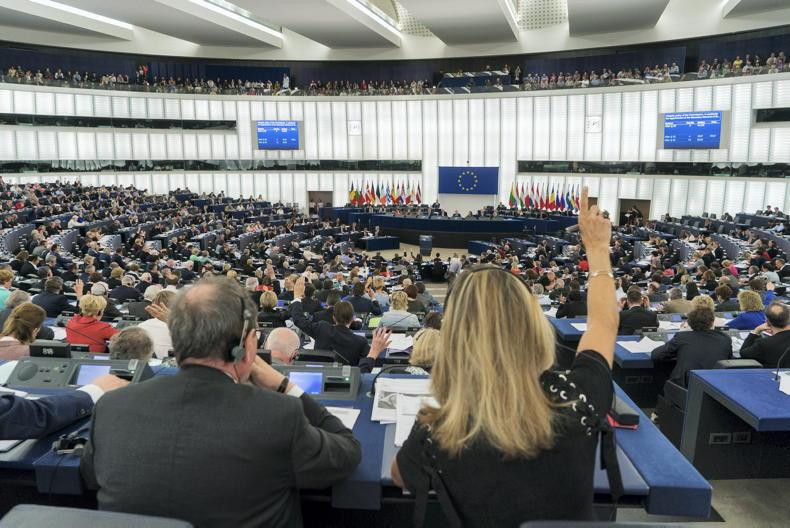
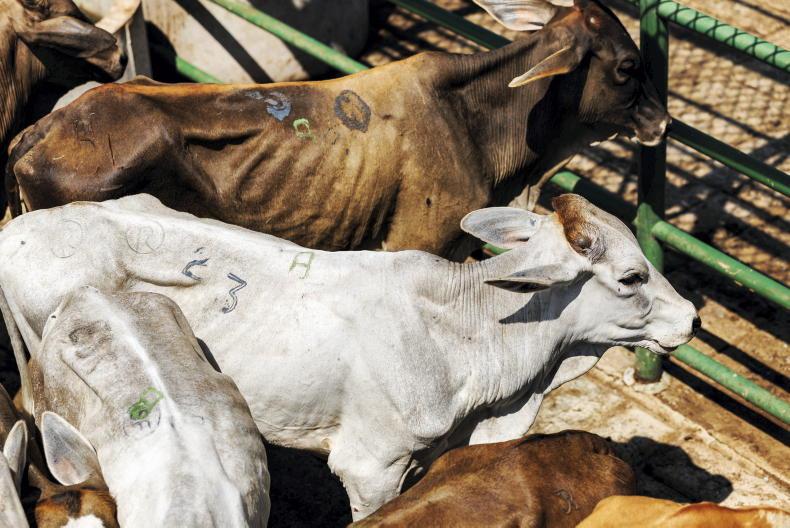
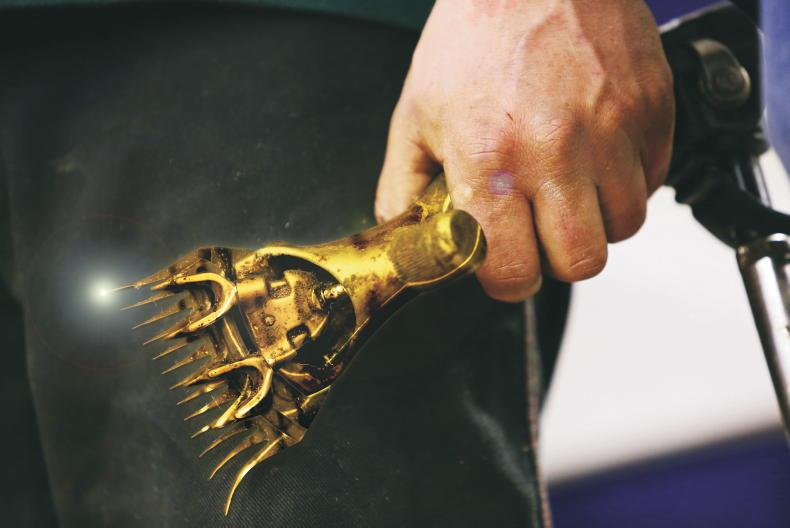
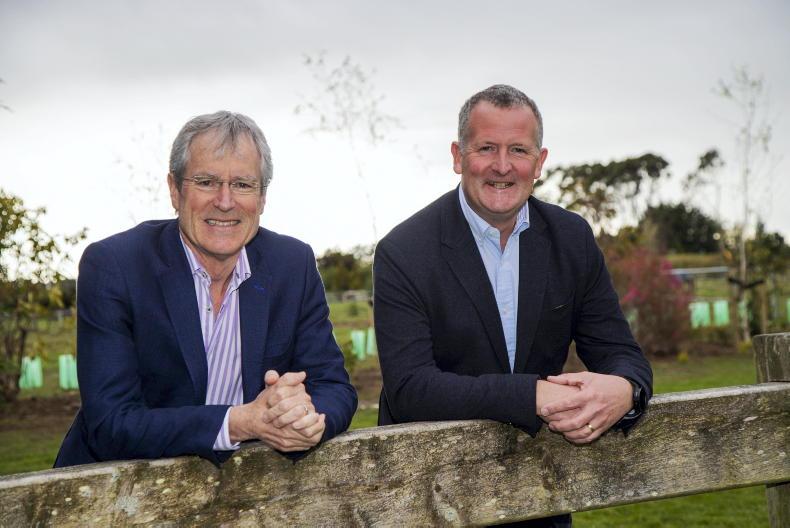
SHARING OPTIONS